The Role of Patriotic Songs in Bengali Theatre During the Freedom Movement
The freedom movement in India was not just a political struggle but a cultural renaissance that saw the convergence of various art forms to inspire and mobilise the masses. Among these, Bengali theatre played a pivotal role, with patriotic songs becoming a powerful medium to evoke nationalistic fervour and unity. This blog delves into the significant use of patriotic songs in Bengali theatre during the freedom movement, highlighting their impact and legacy.
The Emergence of Patriotic Songs in Bengali Theatre
The late 19th and early 20th centuries were marked by a surge in nationalist sentiments across India, particularly in Bengal. The partition of Bengal in 1905 by the British Raj acted as a catalyst, igniting widespread protests and a renewed sense of identity among Bengalis. Theatre, being a popular form of entertainment and social commentary, naturally became a platform for expressing dissent and patriotism.
Patriotic songs in Bengali theatre were not merely artistic expressions but strategic tools designed to inspire and mobilise the public. These songs often drew from the rich tradition of Bengali folk music, blending it with contemporary themes of resistance and freedom. The lyrics were imbued with messages of sacrifice, unity, and the glorification of the motherland, resonating deeply with the audience.
Key Figures and Contributions
Several prominent figures in Bengali theatre and music contributed to the creation and popularisation of patriotic songs. Rabindranath Tagore, a towering figure in Bengali literature and music, composed numerous songs that became anthems of the freedom movement. His compositions, such as “Ekla Chalo Re” and “Jana Gana Mana,” transcended the boundaries of theatre and became integral to the nationalistic discourse.
Another significant contributor was Kazi Nazrul Islam, known as the “Rebel Poet.” His fiery and passionate songs, such as “Chal Chal Chal,” galvanised the youth and instilled a sense of urgency and determination. Nazrul’s works were characterised by their revolutionary zeal and were often performed in theatrical productions to rouse the audience.
Theatrical Productions and Their Impact
Theatre groups like the Indian People’s Theatre Association (IPTA) played a crucial role in integrating patriotic songs into their performances. IPTA’s productions were known for their powerful narratives and stirring musical compositions that highlighted the struggles and aspirations of the common people. These performances were not confined to urban centres but travelled to rural areas, spreading the message of freedom far and wide.
One notable production was “Nabanna,” a play written by Bijon Bhattacharya and directed by Sombhu Mitra. The play depicted the plight of farmers during the Bengal famine of 1943 and included several patriotic songs that underscored the themes of resilience and solidarity. “Nabanna” became a landmark in Bengali theatre, demonstrating the potent combination of drama and music in mobilising public opinion.
Legacy and Continued Relevance
The legacy of patriotic songs in Bengali theatre extends beyond the freedom movement. These songs have become an enduring part of India’s cultural heritage, continuing to inspire and unite people. They are performed during national celebrations, commemorative events, and in contemporary theatre productions, reminding us of the sacrifices made for independence.
Moreover, the themes of these songs—freedom, justice, and unity—remain relevant in today’s socio-political context. They serve as a reminder of the power of art in shaping public consciousness and driving social change.
Conclusion
The use of patriotic songs in Bengali theatre during the freedom movement was a testament to the power of cultural expression in the fight for independence. These songs, crafted by visionary artists and performed in compelling theatrical productions, played a crucial role in galvanising the masses and fostering a sense of national identity. Their legacy continues to inspire generations, underscoring the timeless connection between art and activism.
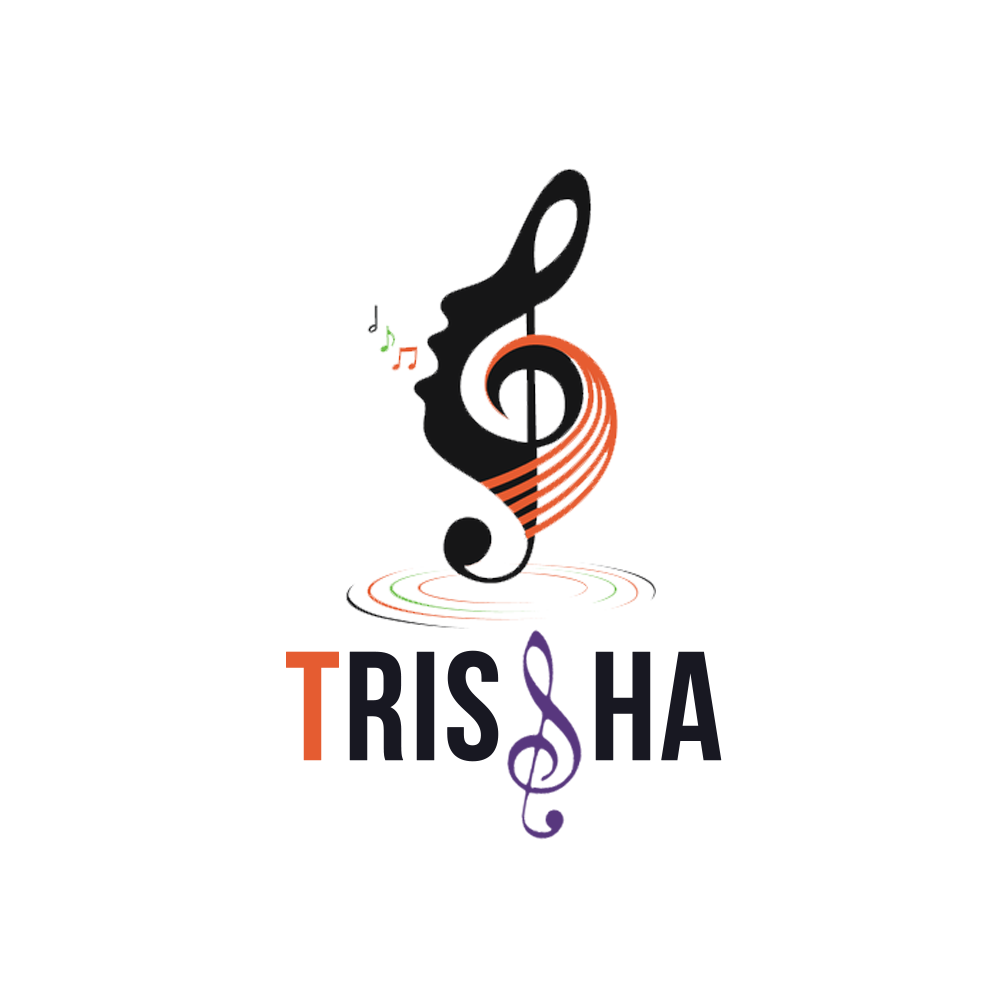

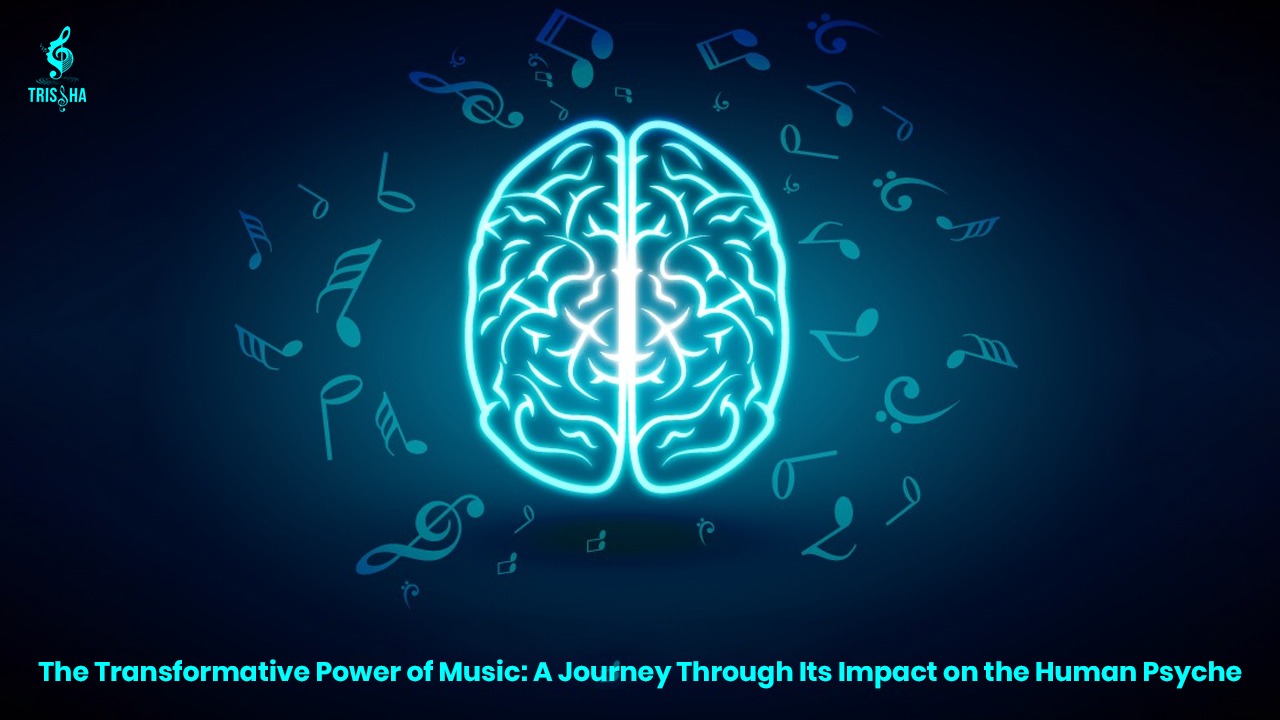

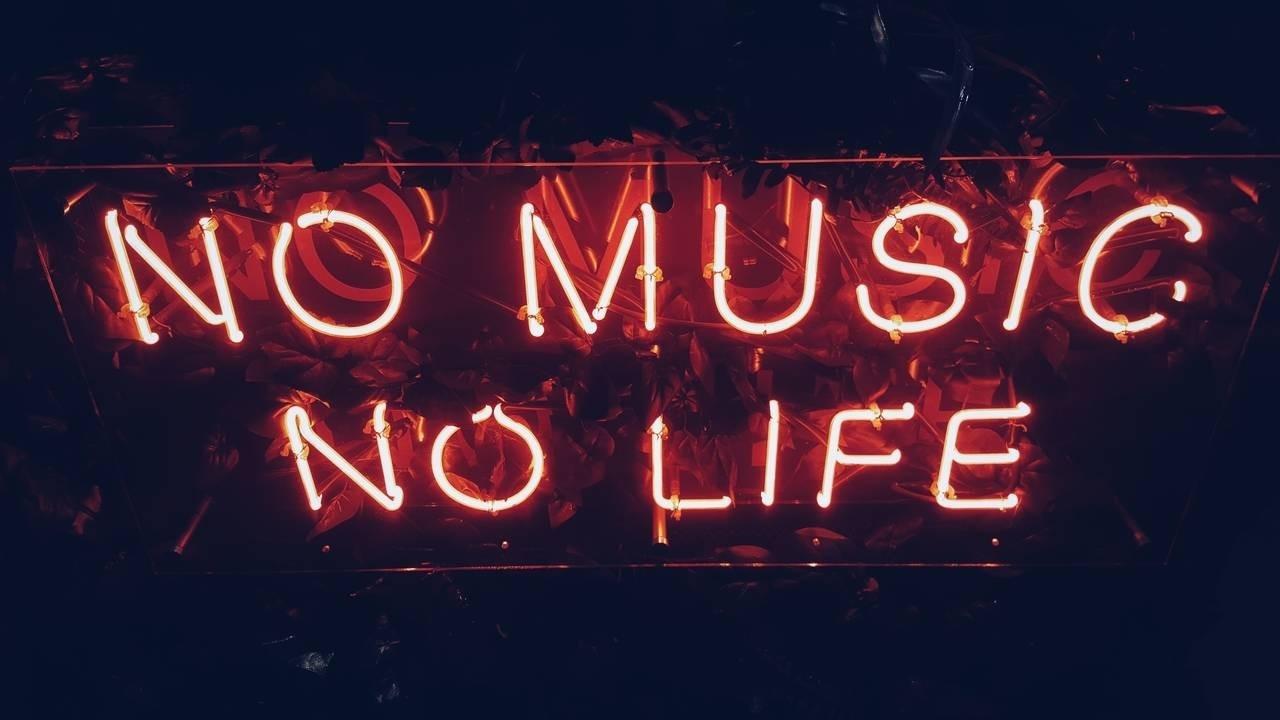
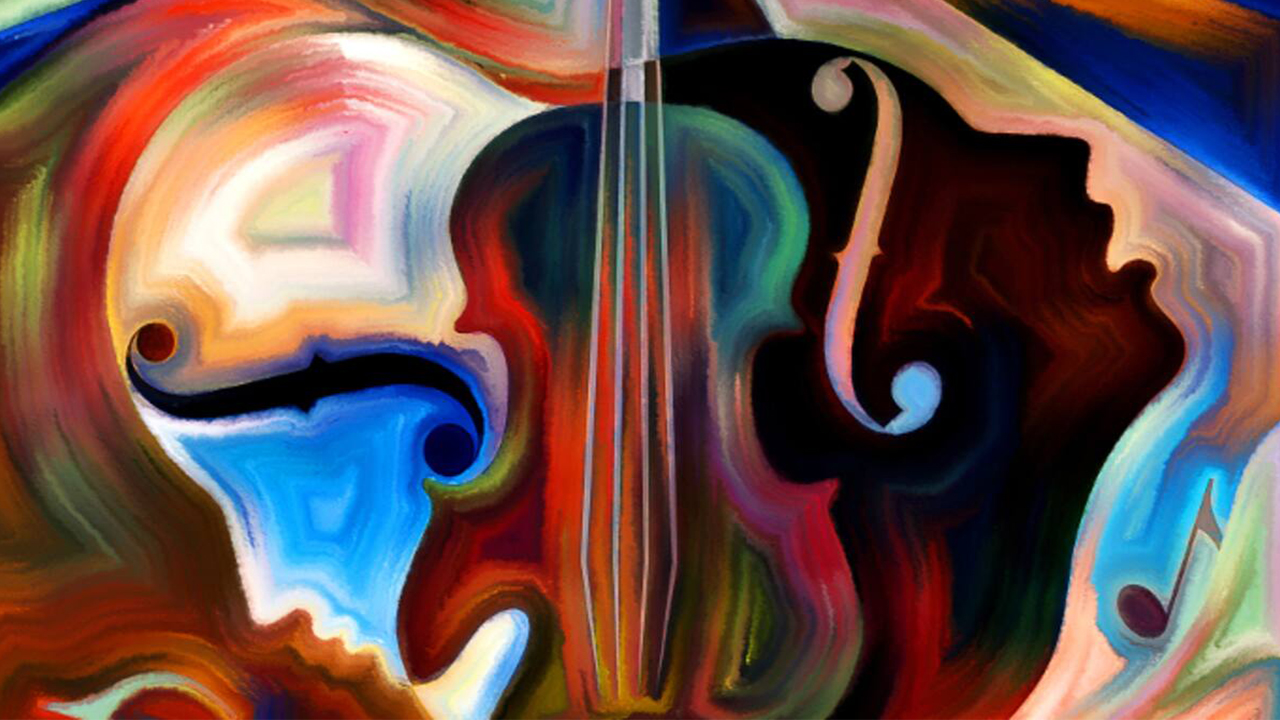
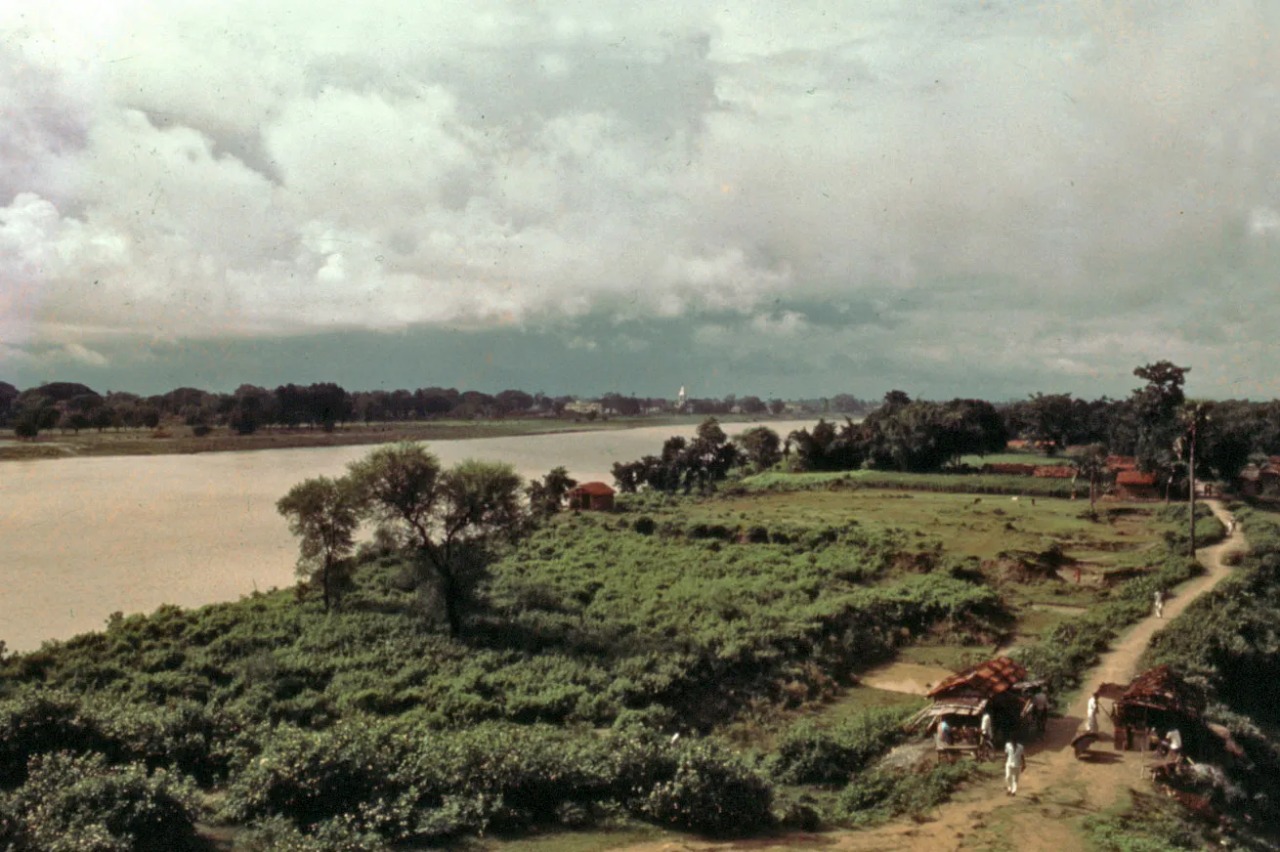
There are no comments